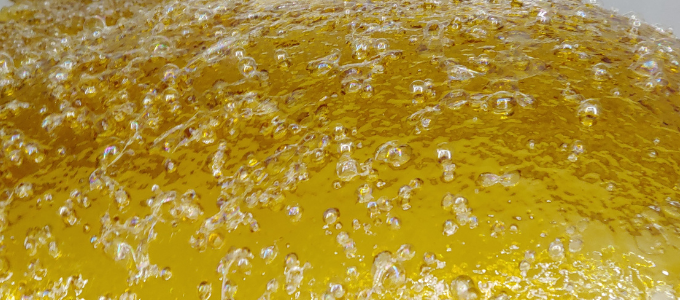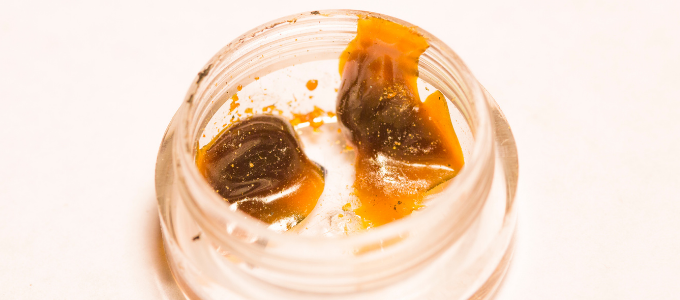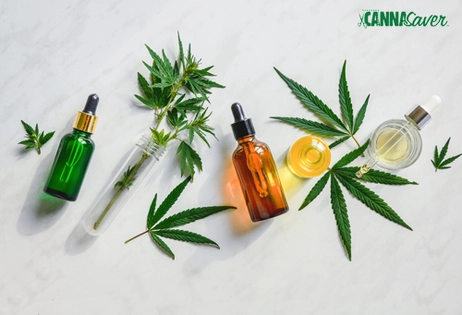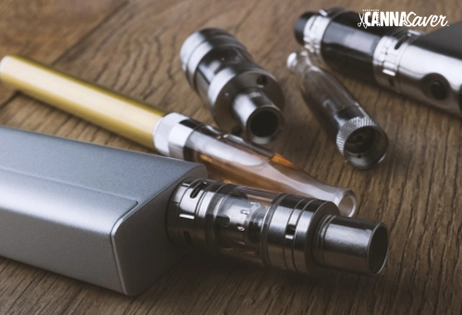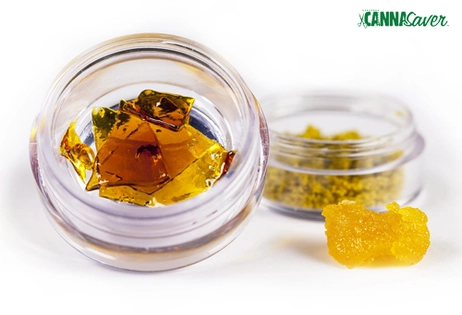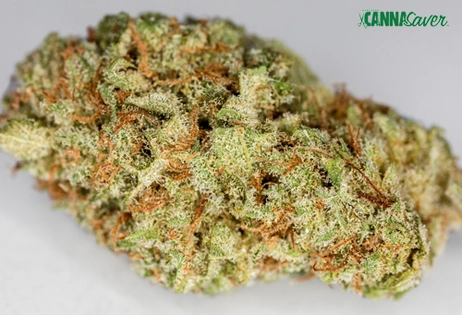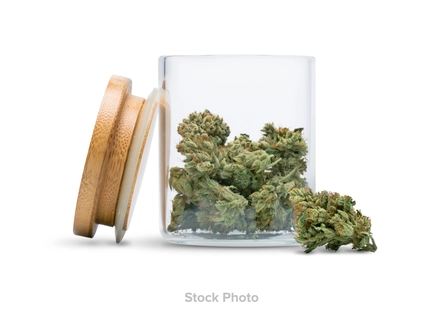
With more and more states legalizing cannabis in all of its wonderful forms each election cycle, the industry and products themselves are evolving. One of the most exciting categories of cannabis products available now is extracts. Extracts have been around for decades, but only with the legal market have they really become the subject of intense enthusiasm.
Those new to extracts frequently wonder what the differences are between solvent extracts and solventless extracts, as well as if there are any health concerns to consider. We’re going to take a deeper look at what defines solvent vs. solventless extracts, what makes each type unique, and if one is ultimately better than the other.
What Is The Difference In Solvent vs. Solventless Extraction?
When it comes to solvent vs. solventless extracts, the primary difference is how the extracts are made and whether that process involves any solvent. Solvent extracts require some intermediary to extract the trichomes and terpenes from the cannabis plant matter. Solventless extracts are those made without the use of any solvent or solution and require some sort of manual processing to extract the essential cannabis goodness.
Popular Solvent Extracts
Bubble Hash
Some of the very first cannabis extracts of the modern era were made with the “universal solvent,” water, or to be more specific, ice. Also known as ice water hash, bubble hash is made by agitating frozen plant matter with ice and water, allowing the ice to break the frozen trichomes off, which are then sent through a series of screens to achieve different hash grades. The finer the mesh of the screen, the better the result.
CO2 Oil
Many enthusiasts consider CO2 oil as clean as bubble hash. It uses supercritical CO2 to extract the trichs and terps from the plant material, so there is no petrochemical element, as well as BHO and PHO. Once the CO2 has extracted all the needed compounds, it is purged from the extract to leave a golden oil. One downside is that sometimes the terpene profile is suboptimal.
BHO & PHO
Butane hash oil or BHO, and Propane hash oil or PHO, are highly popular and efficient ways to extract cannabis. BHO is far more popular, however. They involve using butane or propane to free the trichomes from the plant material, then subjecting the solution to a vacuum purge to remove all of the solvent. Depending on the processing specifics, BHO and PHO can result in whipped, fluffy budder, crisp & crunchy shatter, or even live resin, making it incredibly versatile.
Full Spectrum Terp Sauce
Terp sauce is also known as “high terpene full spectrum extract,” and it is precisely that. It’s terpene-rich and provides the full concierge effect of a broad cannabinoid profile. It’s generally made using butane or propane, but it’s processed at far lower temperatures in the vacuum purge, at a much slower pace. This results in a thick sauce with “sugar” in it, which is actually crystallized cannabinoids.
Alcohol Wash Extracts
Since cannabinoids are alcohol-soluble, another popular extraction method involves using various alcohols, such as isopropyl or ethanol. Since alcohol is also a powerful solvent, this process must be done quickly to avoid leaching undesirable components like chlorophyll into the final extract. Quick-wash alcohol extracts have a very waxy texture and a much darker color than many other methods.
Popular Solventless Extracts
Rosin
Rosin is one of the most recent advancements for extraction, and it has become so popular that you can now order home rosin presses online to make your own from surplus flower. It involves a pair of heated plates that press flower with thousands of pounds of pressure and a few hundred degrees of heat to liquefy and squeeze out the cannabinoids and terpenes in a sticky, oily extract that is one of the most delicious cannabis products available. Rosin can be made from THC and CBD flower to suit the consumer’s preference.
Hash
Hash is fairly rare to find in dispensaries. It is the raw trichomes and oils from physically handling cannabis flower, which is then collected and pressed into a block or ball, often with the help of heat. Sometimes harvested flower is agitated on a screen, similar to your flower grinder but much larger, to collect the kief for processing.
Are There Health & Safety Concerns With Solvent vs. Solventless Extracts?
In every legal cannabis market in the country, there are stringent testing requirements in place to ensure public safety. We’re not talking about taste testing; we’re talking about full-scale laboratory-based gas chromatography-mass spectrometry testing. Testing confirms with molecular precision whether or not there are any contaminants in the extracts that are sold in dispensaries.
The process is simple; each production facility in each state is governed by that state’s requirements for periodic batch testing. If anything tests above pre-defined safety limits or contains any harmful volatile organic compounds leftover from extraction, the products cannot be sold. The manufacturers go to great lengths to ensure their products are aligned with state regulations and safe to consume, and in many cases, you can even get the most recent test results via their websites, so you can dab with confidence.
Solvent vs. Solventless Extracts: Which Ones Are Better?
Like most pleasures in the cannabis space, which one is better will often come down to simple personal preference. When you’re shopping around in medical or recreational markets, you’ll likely see a handful of different brands that tend to dominate the inventory. This means you’re more or less bound by what types they offer but are free to explore within those bounds.
In many areas, there has recently been a considerable movement toward more organic cannabis experiences, including a significant shift toward solventless extractions. Lab testing in legal states ensures that there are no contaminants or chemical hazards in any extracts sold to the public, so what really matters is which products you like and get the most enjoyment from.
Now that you know the differences between them, grab a few coupons for your local dispensaries and bring home a variety to taste and experience!
Continue Reading



